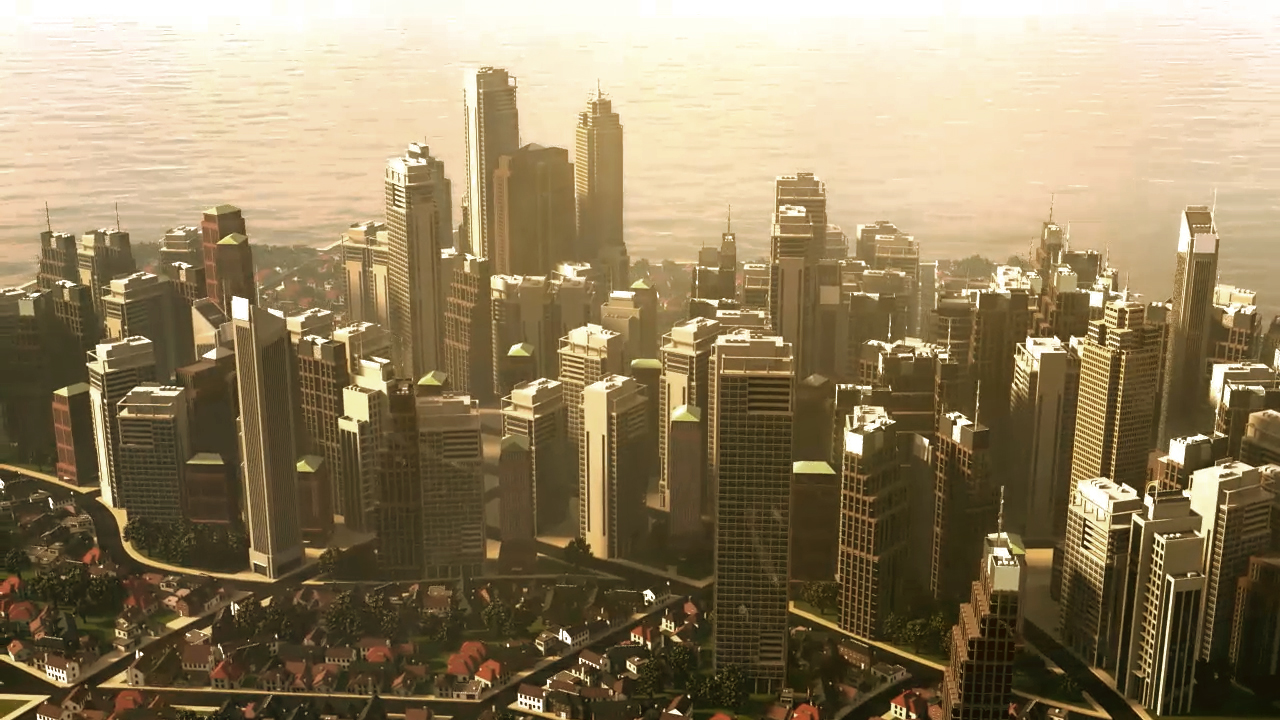- Course
Procedural Cities with Houdini and Python
This Houdini course covers a feature film approach to procedural city generation. It takes you from start to finish, building your knowledge of Python from the ground up, from elementary to advanced examples, and many other techniques along the way.

- Course
Procedural Cities with Houdini and Python
This Houdini course covers a feature film approach to procedural city generation. It takes you from start to finish, building your knowledge of Python from the ground up, from elementary to advanced examples, and many other techniques along the way.
Get started today
Access this course and other top-rated tech content with one of our business plans.
Try this course for free
Access this course and other top-rated tech content with one of our individual plans.
This course is included in the libraries shown below:
- Core Tech
What you'll learn
With expectations in VFX ever increasing, everything needs to be bigger, better, and faster than ever before. Huge environments are no exception to this trend. In this course, Procedural Cities with Houdini and Python, you will learn how to tackle the problem of generating vast CG cities, making use of Python and various Houdini techniques, while maintaining artist control every step of the way. First, you will be introduced to Python itself, and where and how it can be used in Houdini. Next, you will learn how to populate a city plan with buildings of various types, block by block, and how to automate this using Python. Finally, Python is again used to do the heavy lifting on the skyline, building a tool that ensures artist control over the height of buildings. You will use Python to import files from disk, read from and write to files, keep track of what the set-up is doing, build node networks automatically and to develop the technology required to make this city generator work internally. By the end of this course, you will output a vast, automatically generated CG city, instanced upon a point cloud containing all the necessary attributes. With this knowledge, you can go big while keeping your memory footprint as small as possible.
